http://mahboubiancollection.com/2-uncategorised#sigProIdb0020856c4

This collection comprised more than five hundred ceramic pieces from the 8th - 14th century Iran (Samarkand, Nishapur, Ray, Kashan), Iraq and Syria More than one hundred pieces of silver vessels from the 7th–10th century, including post-Sassanid silverware and other niello engraved vessels; bronze vessels with silver inlay, large incense burners inscribed in Kufic script with the names of their makers as well as their owners; complete collections of calligraphy and exquisitely-worked Korans from the 11th–16th century; a unique and complete collection of illustrated books from the 12th–17th century; a collection of glassware from the 10th–18th century; a collection of silk fabrics from the 15th–17th century; wooden doors from the 12th–14th century; oil paintings from the 16th–18th century.
For further information regarding H. Mahboubian Family Collection and Elamite inscriptions please contact: This email address is being protected from spambots. You need JavaScript enabled to view it.
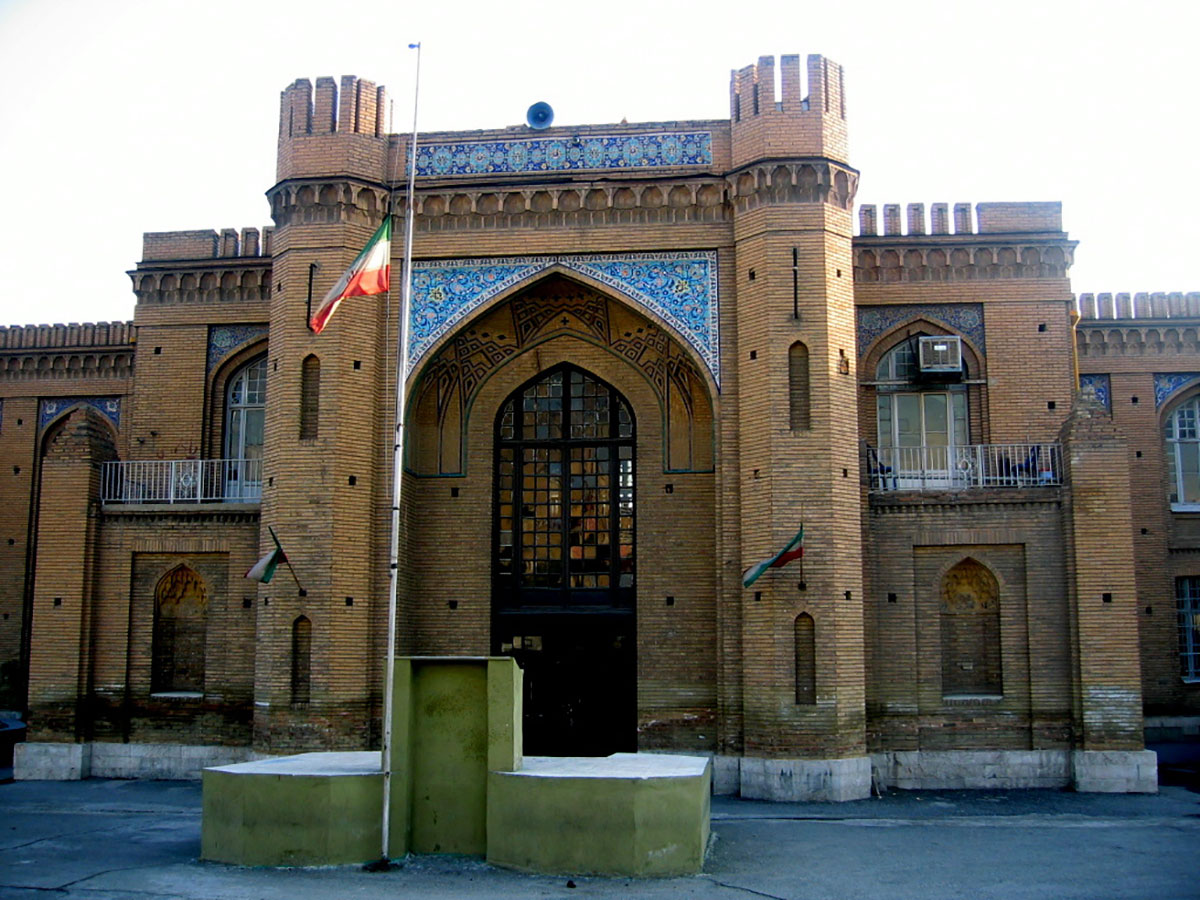 Houshang Mahboubian was born in Tehran, Iran, into an art-loving family. During his childhood he spent most of his summer holidays with his father at archaeological excavation sites, during which time his love for the history and art of ancient Iran began to flourish. He graduated from Alborz High School in Tehran in 1944 and obtained a business diploma from Alborz College in 1945 before going on to study Law at Tehran University. Thereafter Houshang spent his time studying and extensively researching the art of ancient Iran.
Houshang Mahboubian was born in Tehran, Iran, into an art-loving family. During his childhood he spent most of his summer holidays with his father at archaeological excavation sites, during which time his love for the history and art of ancient Iran began to flourish. He graduated from Alborz High School in Tehran in 1944 and obtained a business diploma from Alborz College in 1945 before going on to study Law at Tehran University. Thereafter Houshang spent his time studying and extensively researching the art of ancient Iran.
Houshang has always had very fond memories of his father, Dr Benjamin Mahboubian. In his book entitled The Treasures of the Mountains, Houshang wrote: “Dr Benjamin Abolghassem Mahboubian was born in the city of Hamadan, Iran, on 22nd September 1868. After having studied medicine, he started to practise in his native city. The famous city of Hamadan, which has had many names over the centuries, has a history of several thousand years. It was once the capital of the Median Empire and for a period it was the summer capital of the Achaemenids.”
Click Here to view the list of officials in the image above
When Dr Mahboubian was about 30, the French scientific and cultural mission (‘La Mission Française a Sussa’) was involved in archaeological excavations in the south-western region of Iran - Hamadan and Sussa. Keen to learn more about the art of ancient Iran, Dr Mahboubian was able to work for the team as their doctor, thanks to his knowledge of the French language.
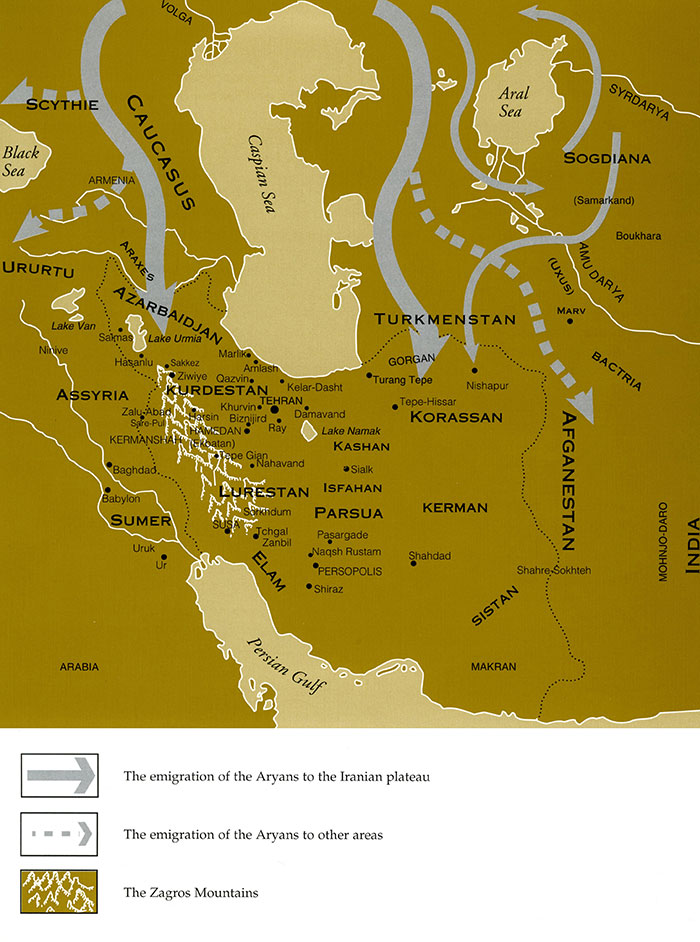 From his youth, Dr Mahboubian loved Iran deeply and spent all his life researching its illustrious history. He knew that in the city of Hamadan and in the foothills of the Zagros Mountains were buried the remains of a great civilisation. Working with the French mission afforded him the opportunity to benefit from their knowledge and experience in scientific excavations. When in his early thirties, Dr Mahboubian decided to leave his medical practice and to engage in research into the history of Iranian art. He undertook to excavate anywhere in the country where there were chances of discovering remains of previous civilisations. He hoped, through his findings, to shed some light on the obscure areas of the history and art of Iran, particularly on the Achaemenid Empire.
From his youth, Dr Mahboubian loved Iran deeply and spent all his life researching its illustrious history. He knew that in the city of Hamadan and in the foothills of the Zagros Mountains were buried the remains of a great civilisation. Working with the French mission afforded him the opportunity to benefit from their knowledge and experience in scientific excavations. When in his early thirties, Dr Mahboubian decided to leave his medical practice and to engage in research into the history of Iranian art. He undertook to excavate anywhere in the country where there were chances of discovering remains of previous civilisations. He hoped, through his findings, to shed some light on the obscure areas of the history and art of Iran, particularly on the Achaemenid Empire.
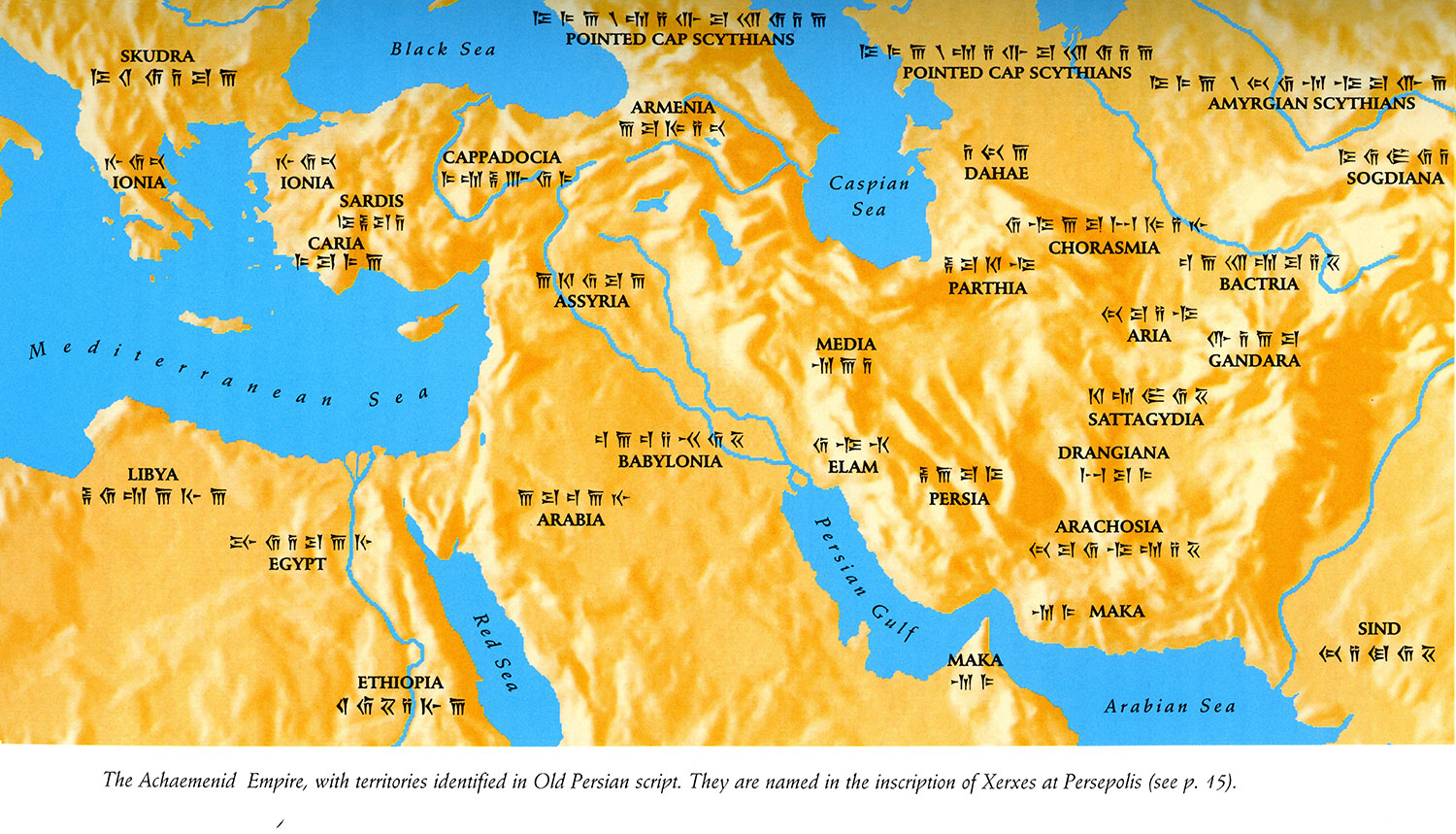 During his active life, which lasted three-quarters of a century, Dr Mahboubian carried out more than one hundred excavations in various regions of Iran. The discovery of most of the archaeological sites in Iran were all fully or partially due to the untiring efforts of this archaeologist who loved Iran so deeply. These sights included the historic hills of Salmas and Hasanlu, the area around Lake Urmieh, Harsin and Piravand in Loristan, Biznijird hill in Hamadan, Ziwiye in Kurdistan, various areas in Ray, Varamin, Semnan, Nishapur, Gorgan, Gonbad Qabus, Qazvin and Sagizabad in central Iran, as well as other sites at Amanlu, Rahmatabad and Amlash in the Caspian Sea area. Dr Mahboubian passed away on 23rd September, 1968 in Tehran, the day after his 100th birthday.
During his active life, which lasted three-quarters of a century, Dr Mahboubian carried out more than one hundred excavations in various regions of Iran. The discovery of most of the archaeological sites in Iran were all fully or partially due to the untiring efforts of this archaeologist who loved Iran so deeply. These sights included the historic hills of Salmas and Hasanlu, the area around Lake Urmieh, Harsin and Piravand in Loristan, Biznijird hill in Hamadan, Ziwiye in Kurdistan, various areas in Ray, Varamin, Semnan, Nishapur, Gorgan, Gonbad Qabus, Qazvin and Sagizabad in central Iran, as well as other sites at Amanlu, Rahmatabad and Amlash in the Caspian Sea area. Dr Mahboubian passed away on 23rd September, 1968 in Tehran, the day after his 100th birthday.
Settling down permanently in England and having access to a wide range of resources, such as museums, libraries and scholars, was a good opportunity for Houshang Mahboubian not only to continue to manage his gallery but also to complete his studies and research in the field of ancient Iranian art; the result of which was the publication of the following books, which can be found in many of the important International museums and prominent university libraries across the world (click here to read comments about Houshang’s publications from world class museums and universities).
London: Mahboubian Gallery 1995.
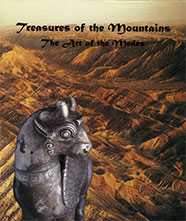 Houshang’s first publication illustrates a collection of eighteen pieces of silver objects from the Median period that were recovered through the efforts of his father Dr. Benjamin Mahboubian, during one of his excavations in western Iran, and have been kept in his private collection in Switzerland and France since 1934. A version of this book was completed and printed in 1978 in Iran.
Houshang’s first publication illustrates a collection of eighteen pieces of silver objects from the Median period that were recovered through the efforts of his father Dr. Benjamin Mahboubian, during one of his excavations in western Iran, and have been kept in his private collection in Switzerland and France since 1934. A version of this book was completed and printed in 1978 in Iran.
London: Philip Wilson Publishers, 1997.
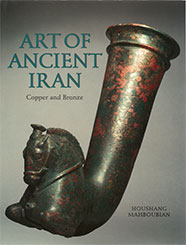 Houshang’s second book presents over 404 lots (more than 500 pieces); largely unpublished pieces of ancient copper and bronze art from Elam, Luristan, Amlash, Kaluraz, and Urartu; and from the Achaemenid, Parthian, and Sassanian periods, dating from 3000 BC to 700 AD.
Houshang’s second book presents over 404 lots (more than 500 pieces); largely unpublished pieces of ancient copper and bronze art from Elam, Luristan, Amlash, Kaluraz, and Urartu; and from the Achaemenid, Parthian, and Sassanian periods, dating from 3000 BC to 700 AD.
Second Edition, London: Philip Wilson Publishers, 2002.
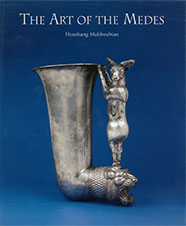 This is a revised and expanded version of Houshang’s book entitled Treasures of the Mountains: The Art of the Medes, containing much new research on Median art by the author. It presents 54 lots of silver pieces.
This is a revised and expanded version of Houshang’s book entitled Treasures of the Mountains: The Art of the Medes, containing much new research on Median art by the author. It presents 54 lots of silver pieces.
London, Mahboubian Gallery, 2004.
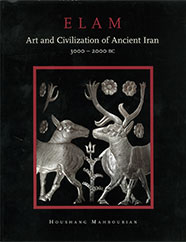 Houshang’s most recent book is the result of new research on a major, previously unpublished collection of fourteen Elamite silver objects, dating from 3000 - 2000 BC. In this book, the author discusses the civilisation (religion, script, language and art) of the people whom we know as Elamites, and analyses the iconography of their art by examining each object in depth.
Houshang’s most recent book is the result of new research on a major, previously unpublished collection of fourteen Elamite silver objects, dating from 3000 - 2000 BC. In this book, the author discusses the civilisation (religion, script, language and art) of the people whom we know as Elamites, and analyses the iconography of their art by examining each object in depth.
Since 2004 Houshang Mahboubian provides consultancy for museums and antiquities collectors. Moreover, being in possession of a unique and important collection of proto-Elamite engraved silver pieces – complete or fragments – Houshang together with the assistance of scholars and enthusiasts of this field endeavour to pioneer the deciphering of this language (the oldest known writing system from Iran used briefly 3000 BC; see some images from the H. Mahboubian collection below). In this regard, it must be mentioned that some scholars have already attempted to decipher both scripts, most notably Walther Hinz and Piero Meriggi but unfortunately have not succeeded. H. Mahboubian would like to invite those who are interested in Elamite language to contact him for cooperation.
When Dr Mahboubian was about 30, the French scientific and cultural mission was involved in archaeological excavations Read More....
Houshang Mahboubian believes that the preservation and protection of the ancient heritage of our human and ancestral civilisations and cultures Read More....
In 1970 Houshang established the Mahboubian Gallery in London, in order to pursue his objectives of expanding and assembling his family collections in one place Read More....
Parallel with this private passion Houshang had another line of commercial activity in place. In the early 1970’s when the Iranian crude oil was Read More....
The Iranian revolution of 1979-80 represented a period of great social and financial upheavals for millions of Iranians. Read More....
In December 1984 in order to participate in an art exhibition in New York, Houshang decided to ship his collection of Achaemenid and Sassanid gold Read More....
In 2001 the Taliban, because of their extreme religious bigotry, decided to wipe out all traces of cultural heritage in Afghanistan Read More....